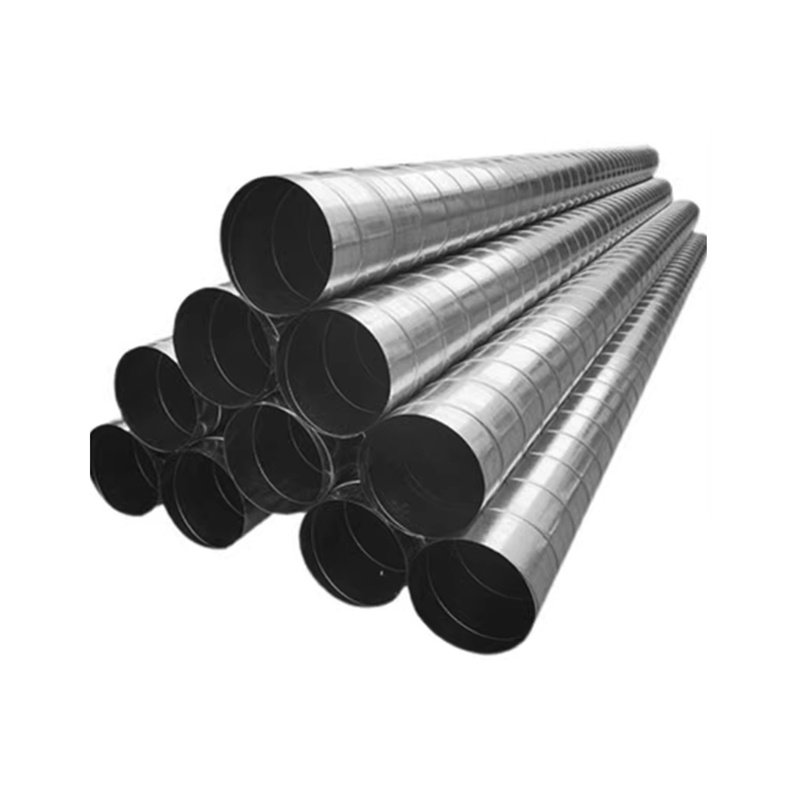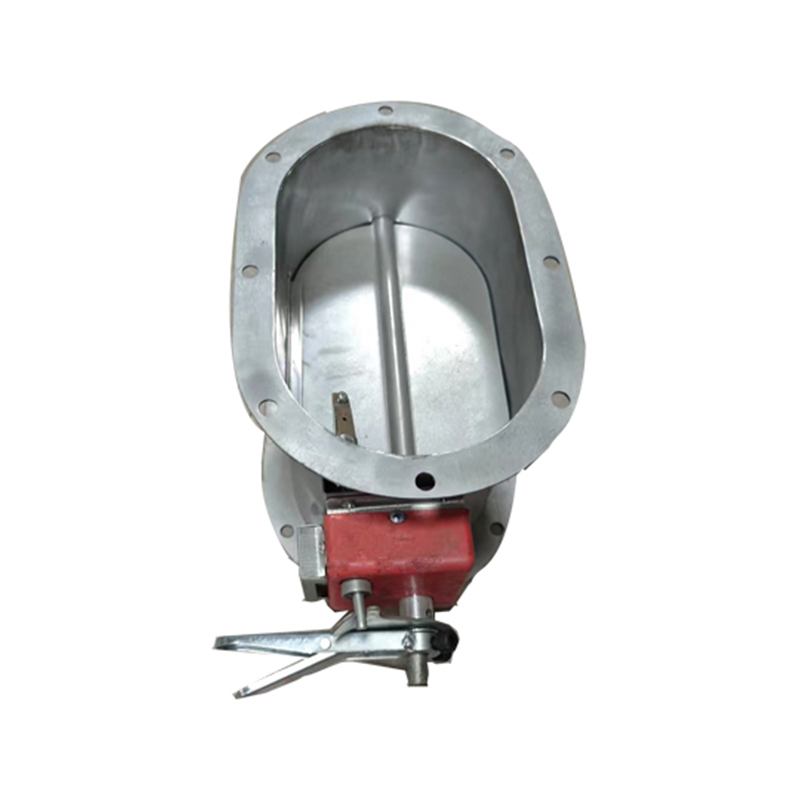What kind of quiet environment does the single layer louver vent with sound-absorbing structure create?
Release Time : 2025-06-18
The sound-absorbing structure gives the single layer louver vent a unique noise reduction capability, creating a quiet and comfortable space environment for people in many ways, allowing ventilation and quietness to coexist perfectly.
The sound-absorbing structure first reduces airflow noise through a special blade design. The blade surface of the single layer louver vent has been carefully processed, and is no longer an ordinary smooth plane, but has a subtle concave and convex texture or a special diversion shape. When the air flows through the blades, these unique designs can guide the airflow to pass smoothly, avoiding strong friction and turbulence caused by the airflow hitting the blade surface, thereby reducing the whistling and noise generated during ventilation. Just like an originally turbulent river, after reasonable river channel dredging, the water flow becomes smooth and orderly, and the sound is also weakened.
The frame structure of the vent also plays an important role in the sound-absorbing process. The single layer louver vent with a sound-absorbing structure uses a special frame material and splicing process. The frame material has certain sound-absorbing properties and can absorb some of the sound that penetrates the blades; and the precise splicing process ensures that the various components of the frame fit tightly together, reducing the possibility of sound transmission through the gaps. Even if a small amount of sound is generated, it will be absorbed and blocked layer by layer inside the frame, making it difficult to transmit to the room, further reducing the impact of noise on the environment.
The sound-absorbing structure also utilizes the resonance and reflection mechanism in the acoustic principle. Inside the vent, special sound-absorbing materials or structures are set up. These materials and structures can resonate with sounds of a specific frequency and convert sound energy into heat energy for consumption; at the same time, the reasonable spatial layout makes the sound reflect multiple times inside the vent, and each reflection consumes a part of the energy, which ultimately greatly weakens the sound intensity. When the noisy sound from the outside tries to pass into the room through the vent, after such multiple treatments, the sound entering the room is already very small, effectively blocking the interference of external noise.
The sound-absorbing structure also has a countermeasure for the mechanical vibration noise generated by the operation of the ventilation equipment. It uses elastic buffer materials at the connection between the vent and the wall or mounting bracket. These materials are like small shock absorbers, which can absorb the vibration generated by the operation of the equipment, prevent the vibration from being transmitted to the vent through the rigid connection, and thus avoid abnormal noise caused by vibration in the vent. Even when the ventilation equipment is running at high speed, the sound-absorbing structure can control the vibration noise to an extremely low level, ensuring the quietness of the indoor environment.
In different usage scenarios, the single layer louver vent with a sound-absorbing structure can play an excellent noise reduction effect. In the bedroom, even if ventilation is carried out at night, the sound of the vent will not affect the quality of sleep. People can enjoy a quiet night with a gentle breeze; in the office, the sound-absorbing vent can effectively isolate the outdoor traffic noise and the noise of indoor equipment operation, creating a quiet working environment for employees and improving work efficiency; in the hospital ward, the quiet environment helps patients to recuperate, and the vents of the sound-absorbing structure ensure air circulation without disturbing the patients' rest, promoting their recovery.
The existence of the sound-absorbing structure can also cooperate with other indoor sound insulation measures to form a more complete sound insulation system. When used in combination with soundproof doors and windows, sound-absorbing walls, etc., the sound-absorbing vent is like an important link in the sound insulation line, filling the sound insulation gap in the ventilation link. It enables the entire space to achieve excellent sound insulation while maintaining good ventilation, making the interior a quiet harbor away from the hustle and bustle, and can satisfy your pursuit of a quiet life, focused work, or comfortable rest.







